Based in the U.K., Pyranha celebrated 50 years in the kayak-building business in 2021. A lot has changed since Pyranha’s 1971 prototypes first hit the water. Legends in the whitewater world, Pyranha whitewater kayaks have run rivers across the globe and have topped freestyle kayaking podiums since the discipline was better known as “rodeo.” You don’t need to be an expert kayaker or planning a trip to Greenland or the Himalaya to enjoy these kayaks—although Pyranha whitewater kayaks can handle the fiercest class V rivers.
Today’s Pyranha catalog features high performance whitewater kayaks, but also recreational and crossover models. They’re built in a new facility in Britain, and kayakers still run the company, designing boats that continue to push the limits. If you’re looking for quality sea kayaks or recreational touring models, check out Pyranha’s sister brands, P&H Sea Kayaks and Venture.
Whether you’re gearing up for another great season, or shopping for your very first river kayak, consider a Pyranha whitewater kayak. In this article, you’ll find an overview of their models and links to view specs and reviews in our Paddling Buyer’s Guide. We also have some tips for buying used Pyranha kayaks and a selection of our top picks.
Top picks: Best Pyranha kayaks for 2024
The following Pyranha kayaks have received the highest star ratings by reviewers in our Paddling Buyer’s Guide. See and review all Pyranha kayaks here.
Best Pyranha Kayaks
Shop Pyranha kayaks
Ready to jump straight to the kayaks? Use the links below to view every Pyranha kayak on the market in our Paddling Buyer’s Guide. Here, you’ll have access to important information about each kayak, including its specifications, prices, reviews and where to buy Pyranha kayaks.
Shopping for a used Pyranha kayak?
If you’re looking at buying a used Pyranha kayak, there are a few things to consider. First, and most importantly, consider whether the used kayak you are viewing is the best fit for your intended use; our Paddling Buyer’s Guide is a great place to find specs, descriptions and reviews for each model. Next, give the used kayak a thorough inspection, paying special attention to the following areas.
Hull (bottom) and deck (top)
Pyranha makes their kayaks with their proprietary high-density polyethylene (HDPE) blend. HDPE is the material of choice for whitewater kayaks because of its durability. However, every material has a breaking point, and you’ll want to thoroughly check the hull of any used kayak for cracks or punctures. Another advantage of HDPE is that it is more readily repairable than other plastics. Your local Pyranha dealer can hook you up with a tube of plastic weld to fix minor damage yourself.
Cause for concern on the hull or deck might be areas that are excessively faded. Ask the seller how they stored the kayak; HDPE weakens if it is exposed to continuous direct sunlight, and faded or soft-feeling spots on the hull are reliable indicators of sun damage.
Outfitting
The biggest disadvantage of an older used whitewater kayak is likely to be rudimentary outfitting. This includes the seat, backband, thigh braces and foot braces, if present. Modern whitewater (and recreational) kayaks feature more padding and adjustability, quick-dry materials and other refinements that improve fit and comfort.
The outfitting of a used kayak might also be worn out and need replacement. Many fixes or improvements can be improvised with a bit of closed-cell foam, contact cement and ingenuity, or chat with a Pyranha dealer to inquire about replacement parts.
Hardware
The kayak’s hardware is what keeps the outfitting in place. Bolts and washers might wear out over time, especially ones that run through the hull. These can make the foot pegs feel loose, or worse, leak water into the kayak. You may need to replace worn or missing hardware, or add a sealant like Locktite to keep it snug.
For more tips on selecting a used kayak, read our article How To Buy A Used Kayak.
Pyranha kayak buying advice
Thanks to widespread pandemic restrictions, interest in paddling has surged over the past two years, and Pyranha has enjoyed the same success as many other kayak manufacturers. As Pyranha is a medium-sized company, they have already filled all of their orders for the 2022 paddling season. For prospective buyers, this means you won’t be able to complete direct orders.
However, Pyranha is busy churning kayaks out of their British factory, and dealers who placed orders will have boats to sell this year. The best way to get into a new Pyranha kayak is to contact a dealer near you. You can find your closest dealer using the dealer locator tool on Pyranha’s website.
If you’re looking to buy a Pyranha kayak, or any whitewater kayak, it’s important to define the type of paddling you plan to do. Kayak design changes depending on where and how the boat is intended to be used. Although certain models have their strengths, paddlers today want kayaks that can do more than one thing. The lines between once-rigid categories have begun to blur. You’ll find that a lot of Pyranha kayaks are designed for versatility on the river.
River runners
River runners comprise the bulk of Pyranha’s lineup. These longer kayaks are designed for covering downriver distance and having fun along the way. They incorporate elements of both creek boats and freestyle kayaks. The award-winning Pyranha Machno is classified as a river runner but borrows heavily from creek boats; this is a forgiving choice for paddlers who want to travel fast between features on the river.
Also in the river running category, the Pyranha 9R is tailored to aggressive, experienced paddling. This classic design received an overhaul in 2020 and is now tailored to winning whitewater races in the sub-9-foot “short class”. Even if you aren’t racing, this is a fast boat for ripping down local rivers. For even more speed and fun, check out the stretched-out 12R.
The Pyranha Scorch (available in three sizes as well as the speedy 10-foot Scorch X) incorporates a bit more volume and rocker for a boat that carves clean lines and delivers a dry ride while blasting your way down the river. Higher volume whitewater kayaks are more buoyant, enabling them to punch through waves and holes. Rocker describes the amount of upsweep from the mid-section through the ends of the kayak. More rocker equates to better maneuverability and the tendency to ride up and over obstacles instead of through them.
The Pyranha Ripper combines an upturned, buoyant bow with a playful, squashed stern and planing (flat, rather than curved or V-shaped) hull for a kayak that is fast downriver but also supremely surfable on glassy or breaking waves. This is a great all-around kayak that is equally comfortable blasting through big rapids or playing on mid-sized features.
The Pyranha Ozone bridges the gap between the Ripper and the freestyle Jed. Available in three sizes to fit a range of paddlers, the Ozone features a planing hull, lower volume and aggressive edges, so you can surf, carve and cartwheel as you pick your way down the river.
Playboats
The Jed playboat is Pyranha’s freestyle champion. Playboats like this one are best used for surfing and performing aerial tricks on standing waves. These short “spud” boats have low volume and flatter, slicey ends to make it easier to perform freestyle moves. The Jed is a culmination of 50-plus years of whitewater development and expertise.
The result is a boat that consistently wins freestyle competitions in the hands of expert paddlers, but is also friendly for beginner paddlers. Check out an in-depth review of the Jed to learn more.
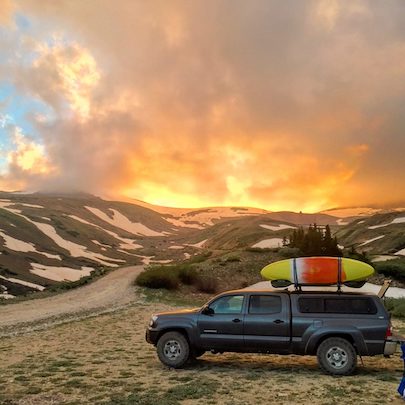
Crossovers
Crossover kayaks are an exciting development, merging whitewater hulls and performance with touring features and efficiency. The whitewater hull with a drop-down skeg (fin under the stern that aids with traveling straight) gives the Pyranha Fusion II elements of both worlds. Extending the length of a standard river running hull creates space for the Fusion II’s stern hatch, increasing storage capacity and opening these boats up for overnight trips.
Crossovers do everything well but nothing great; these are ideal for short tours or moderate whitewater. Some sea kayakers turn to these nimble designs for surfing and playing in the ocean. The Fusion Duo tandem is for adventurous partners who want to get on the water together; it’s also ideal for introducing a new paddler to easy whitewater.
The Fusion hull is also used for Pyranha’s Fusion SOT, a versatile sit-on-top that can be configured for recreational paddling or equipped with thigh straps for a fun, easy-to-use surf boat.
Recreational kayaks
Pyranha’s only other current sit-on-top offering is the Surfjet 2.0. It’s available as a bare-bones recreational kayak that can be kitted out with surf-ready outfitting like the Fusion SOT or upgraded with comfortable touring features like a padded, high-back seat and paddle park. Or paddle as-is for a fun, simple boat for casual or family kayaking. The high-quality materials and Pyranha’s kayak design experience set this recreational kayak apart from the ones you’ll find on the shelves of big-box stores.
Finally, Pyranha’s Master TG and TG Lite are designed for paddlers new to whitewater. These are great, forgiving kayaks for anyone looking to start paddling or transition from recreational paddling to a bit of easy whitewater. The TG Lite is a downsized version specially designed for young paddlers.
Most Pyranha kayak models come in multiple sizes (small, medium and large) with a size chart listed in the specs. Some paddlers may want to size up or down depending on the rivers they are paddling, choosing a larger size for the additional volume the kayak provides.
Use this as a start, and remember that online research will only get you so far. The best advice we can offer is to always test paddle before buying any boat. The more time you can spend on the water in a similar style of kayak, the better the purchasing decision you will make.
Here are answers to some of the most common questions about Pyranha kayaks.
-
Old Pyranha kayak models
Trends come and go, and you might come across a new, discontinued Pyranha kayak or a secondhand kayak that is no longer made. Chances are, we’ve reviewed it in Paddling Magazine. Browse our archives to find reviews of past models.
-
Pyranha kayaks discontinued
Some Pyranha kayak models have been discontinued, but you still might find them on sales floors or the used market. If there’s an older model that you love but can’t find, chat with your local Pyranha dealer. Many of Pyranha’s newer models inherit characteristics from classic designs, and they can help you find one that fits the same niche on the water.
-
Pyranha kayak size guide
Unsure what size Pyranha kayak will offer the best fit? Check the size guide provided with each model’s specifications. Most Pyranha kayaks come in Small, Medium and Large iterations. If there’s only one size, check the recommended paddler weight listed in the specs.
-
How long is a Pyranha kayak?
Pyranha kayak lengths vary between models and slightly between sizes. You may find a six-inch difference in length between the small and large versions of the same kayak model. Find each kayak’s length, volume and recommended paddler weight in the Paddling Buyer’s Guide.
-
Pyranha kayaks price
Prices of Pyranha kayaks vary between models. Compared to other whitewater kayak companies, these are average prices for high-performance boats.
-
Pyranha kayak dealers
Find a Pyranha kayak dealer near you by using their dealer locator tool.
-
Where are Pyranha kayaks made?
Pyranha kayaks are made in their factory in Great Britain. The factory also makes kayaks for their sister companies, P&H Sea Kayaks and Venture recreational kayaks.
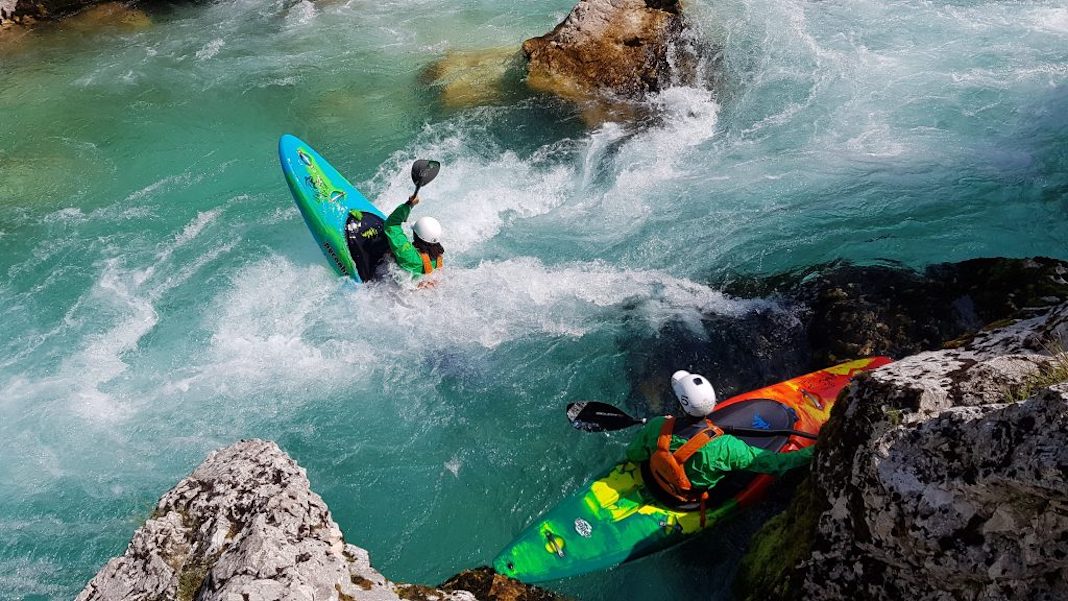
Pyranha kayak reviews
Paddling Magazine has reviewed nearly every Pyranha kayak on the market. Click on the links below to read unbiased reviews from our team and paddlers who own the kayaks. This can help you decide if the boat is the right fit for you.
- Whitewater Kayak Review: Pyranha Scorch
- Boat Review: Pyranha Varun Kayak
- Boat Review: Pyranha Z.One Kayak
- Boat Review: Pyranha JED Kayak
- Boat Review: Pyranha S6F Kayak
- Boat Review: Pyranha Fusion L
- Kayak Review: Pyranha 9R
- Boat Review: Pyranha Burn II Kayak
- Creek Boat Review: Pyranha 9R II
- Boat Review: Pyranha’s High-Octane Surfski



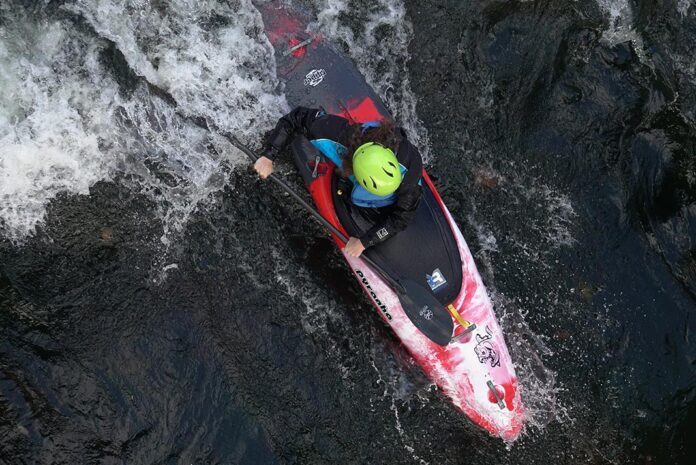


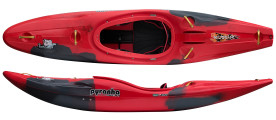







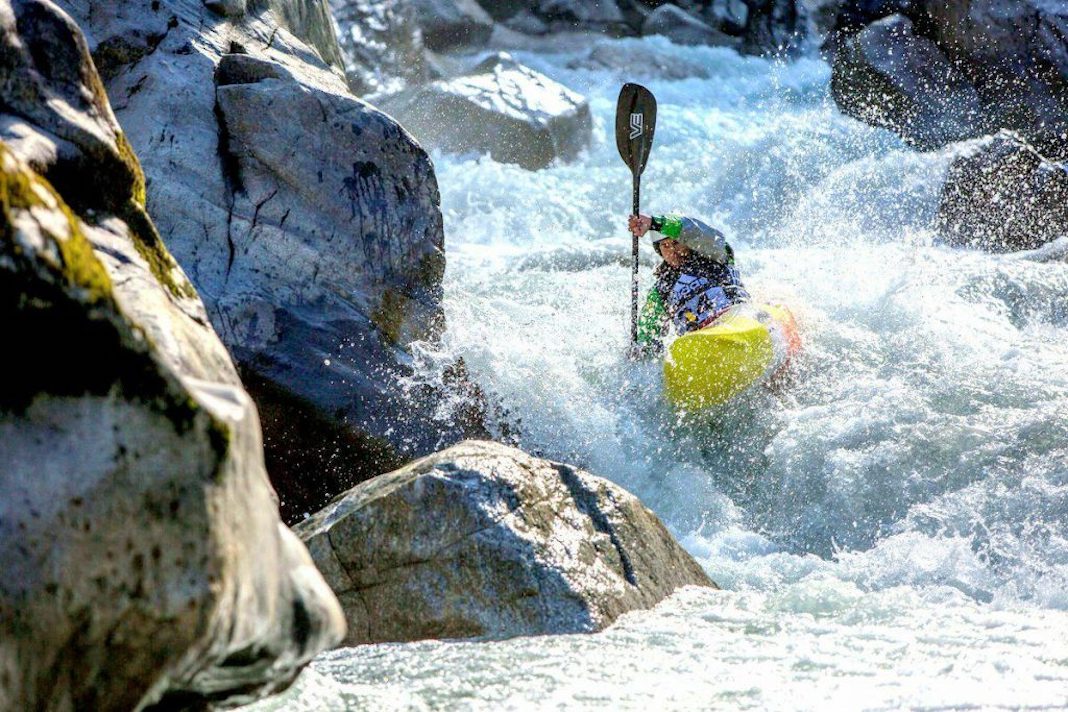
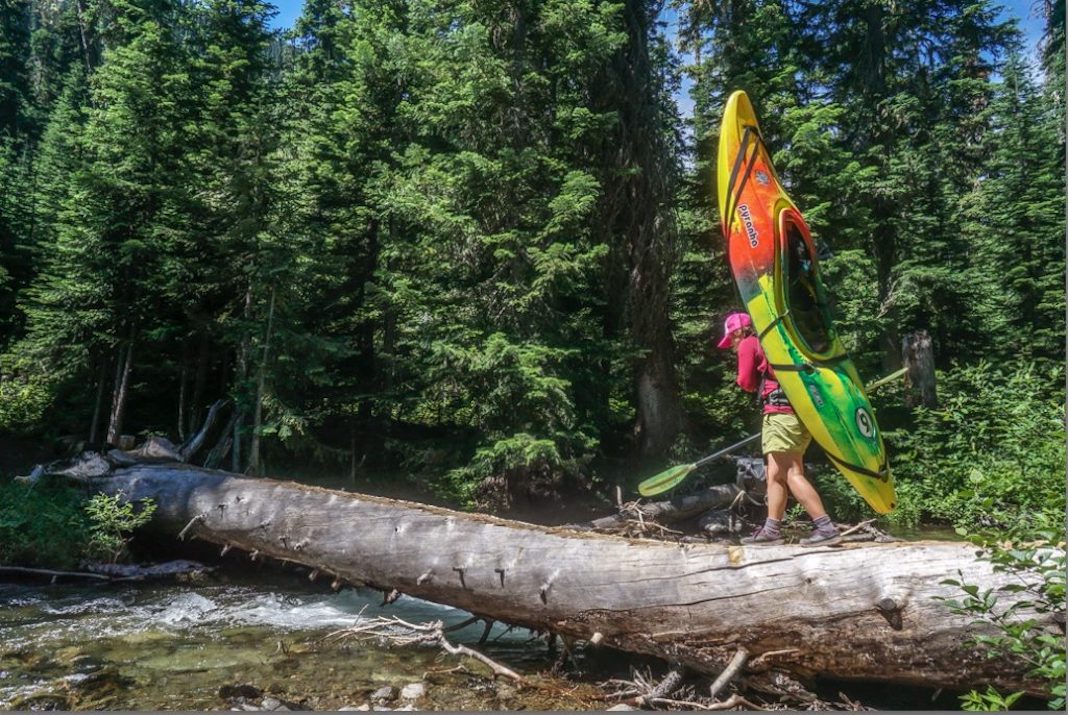

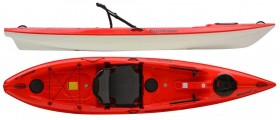

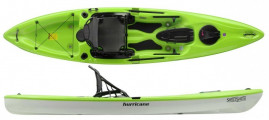





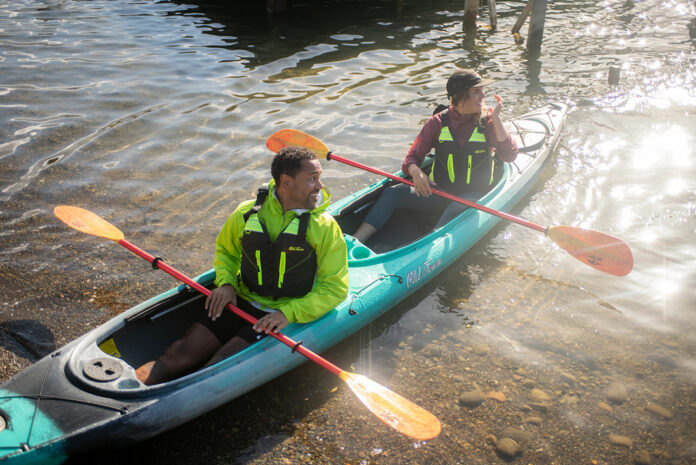
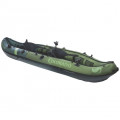





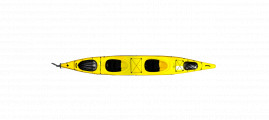
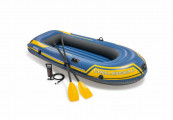
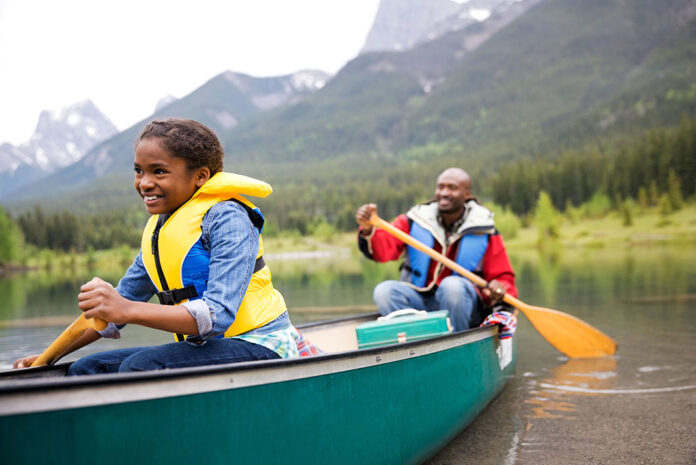


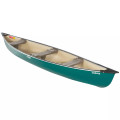



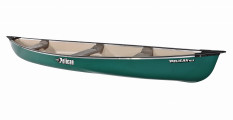
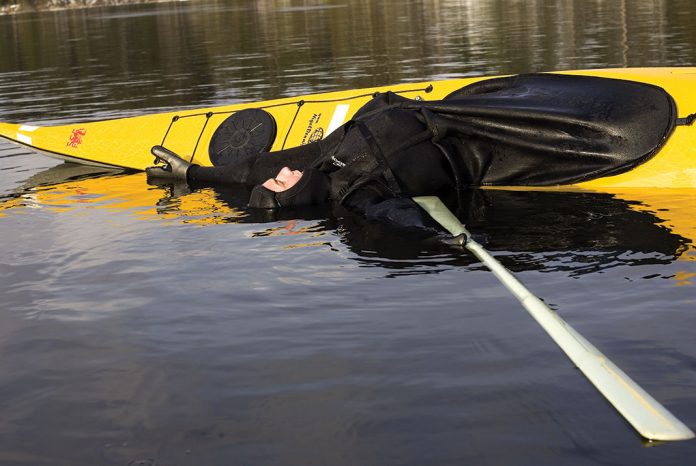
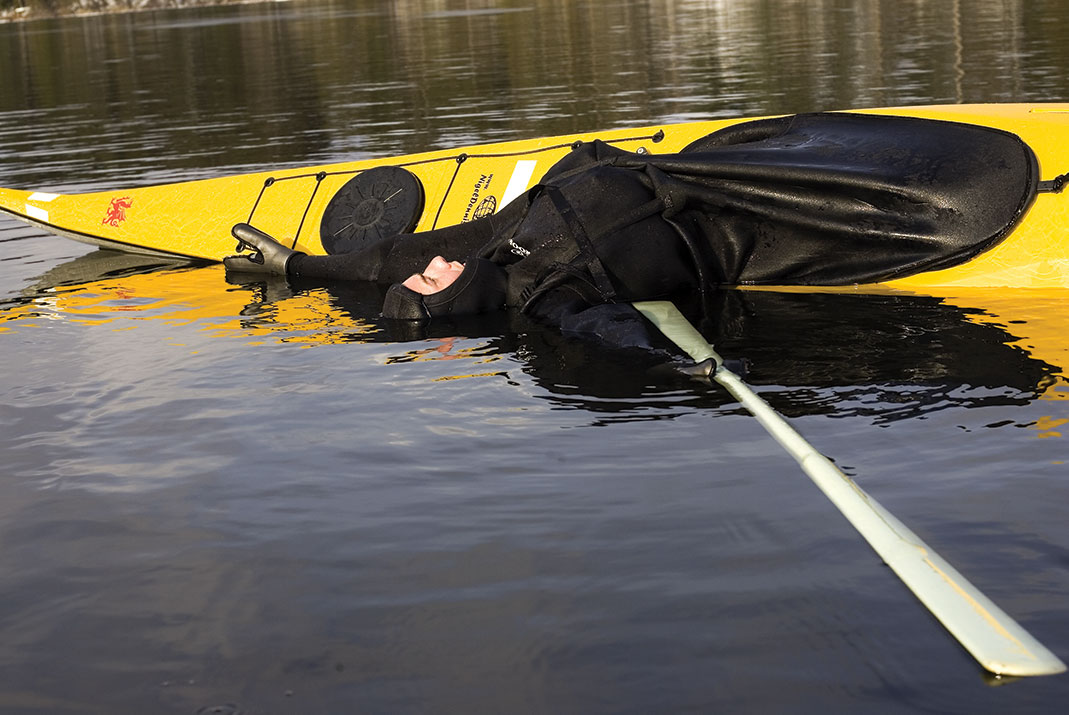
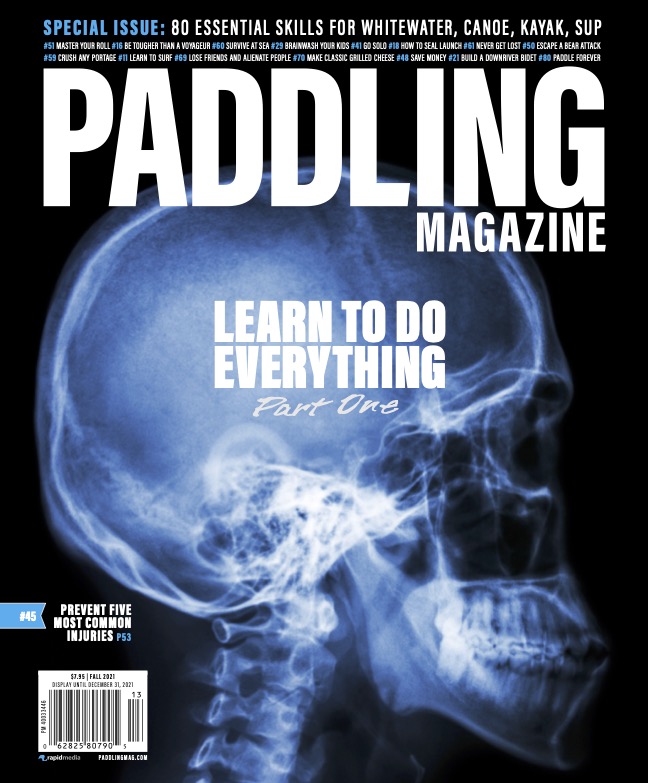
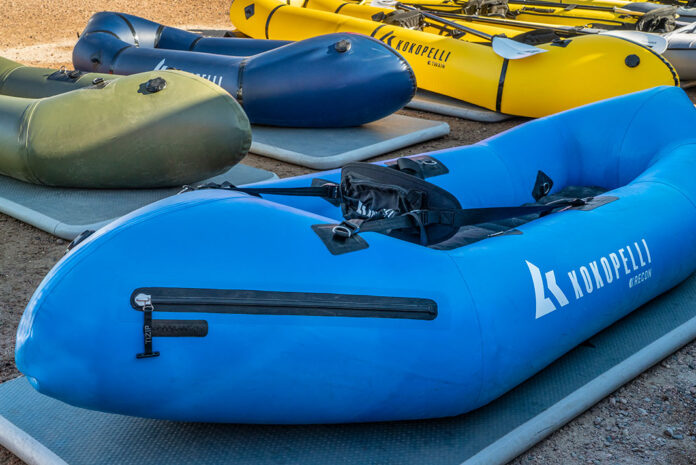


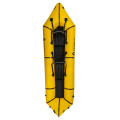
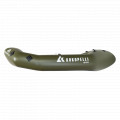
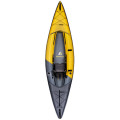
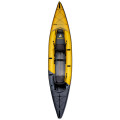
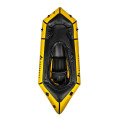
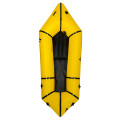


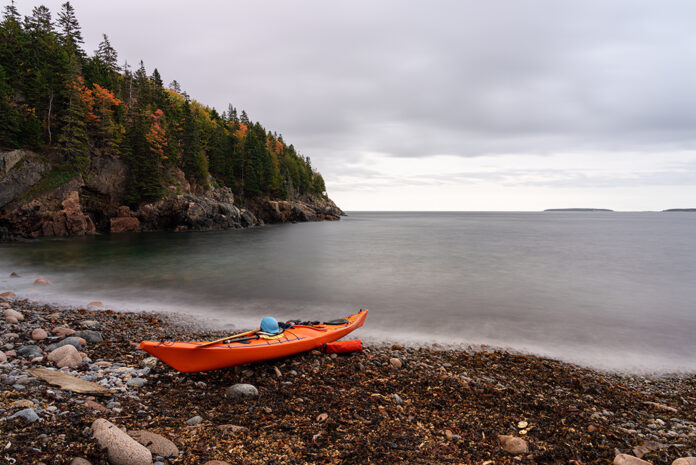

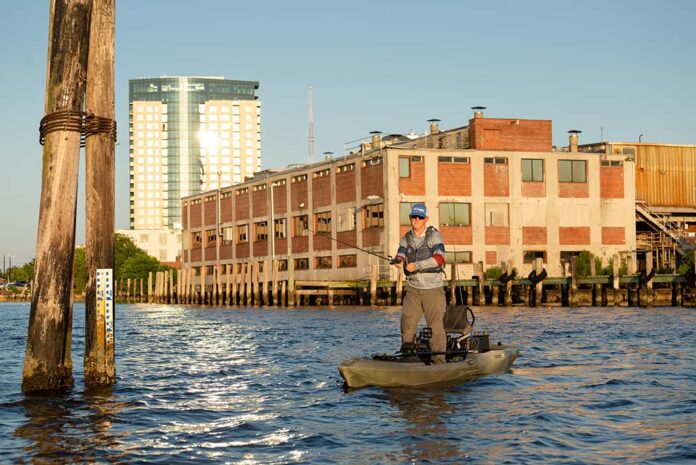
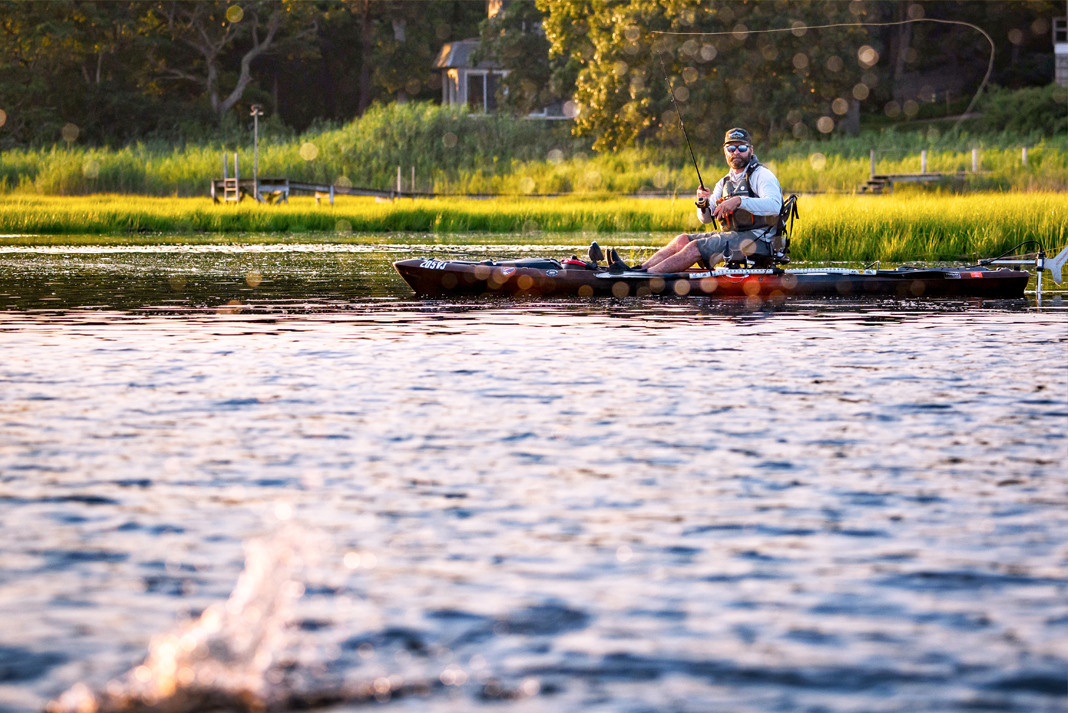
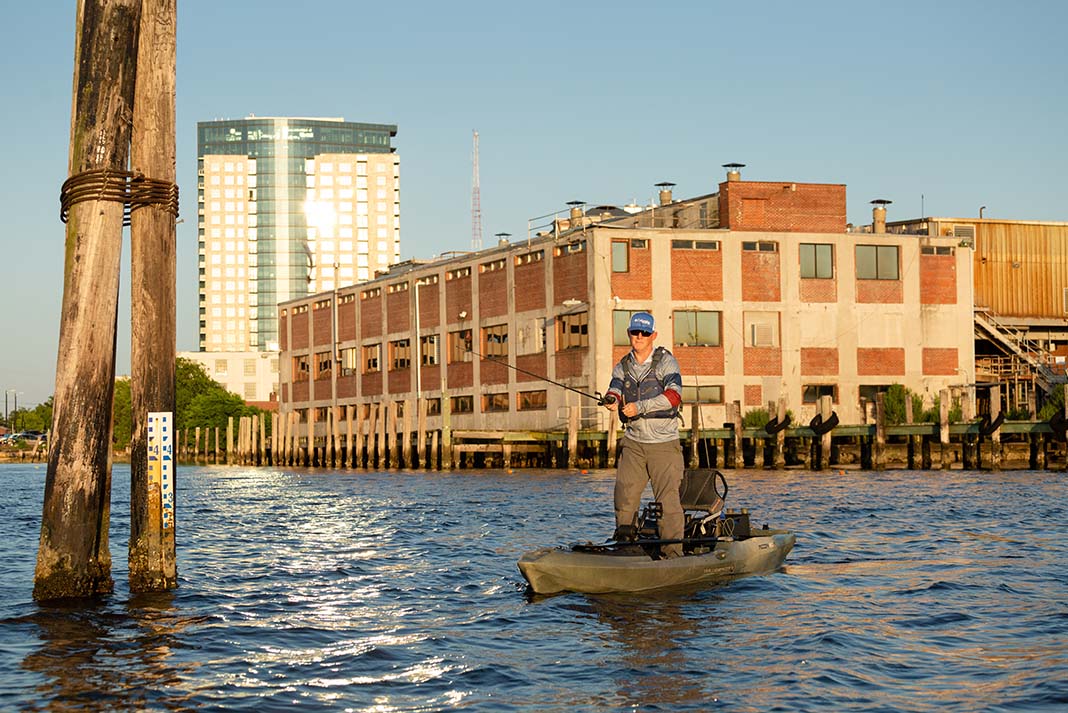
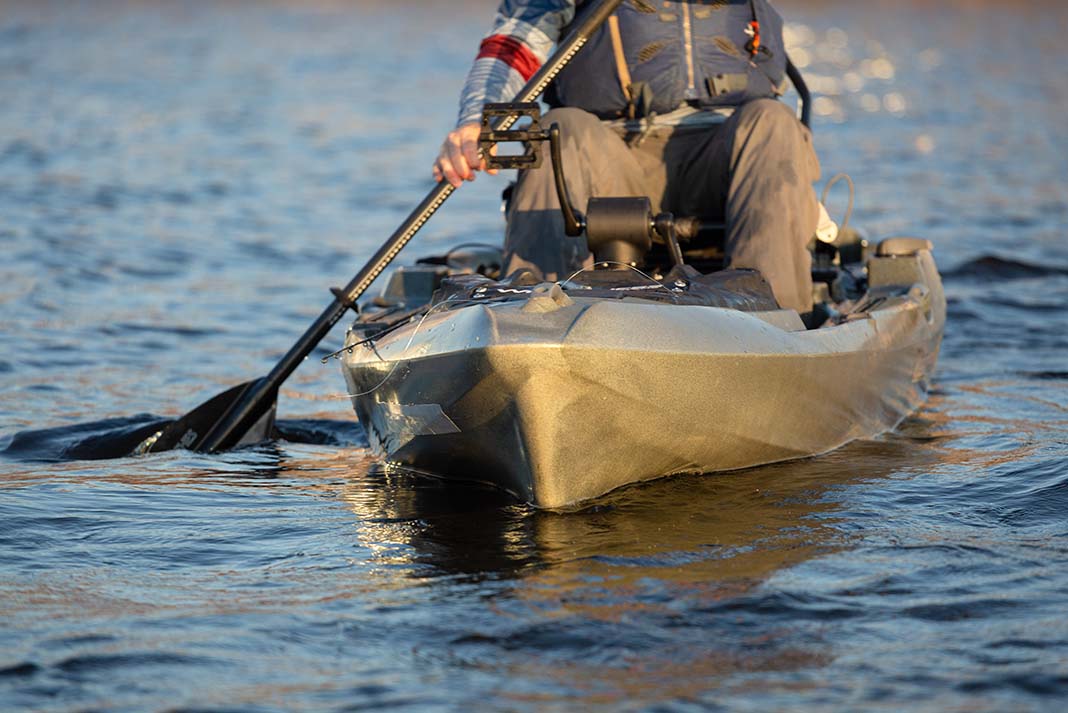
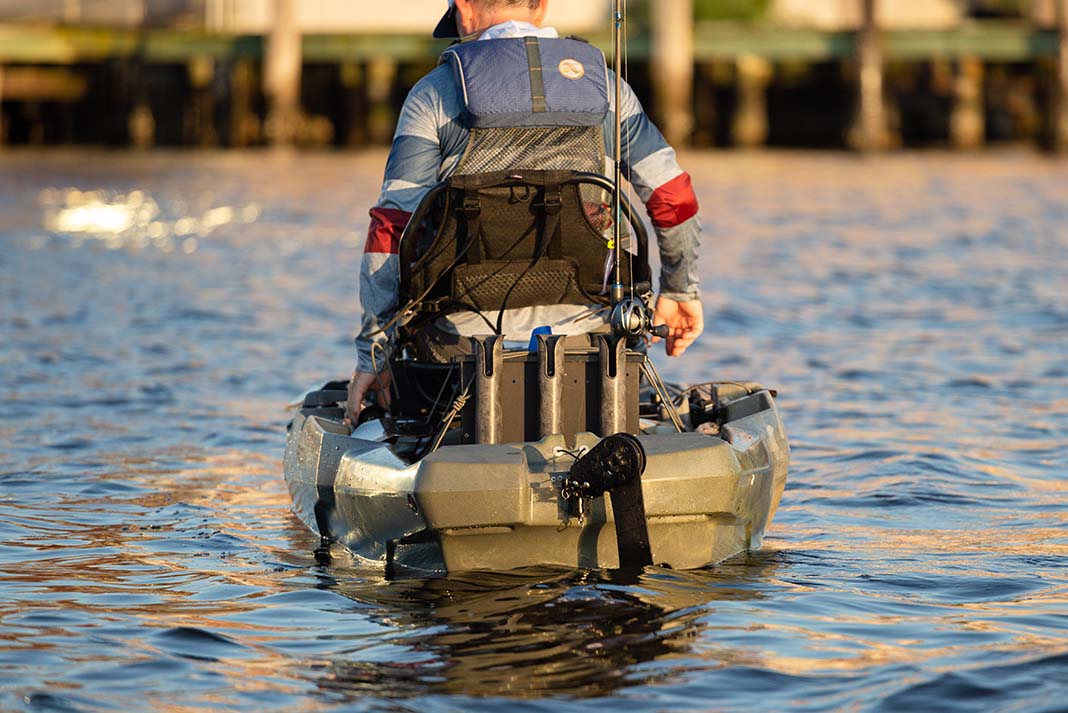
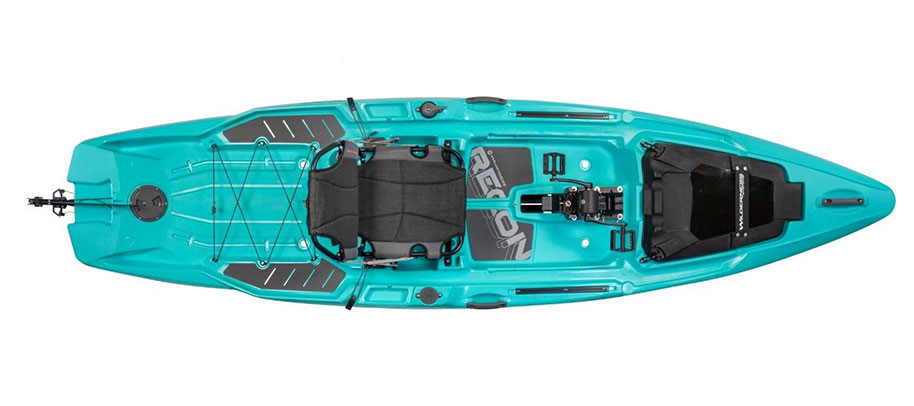
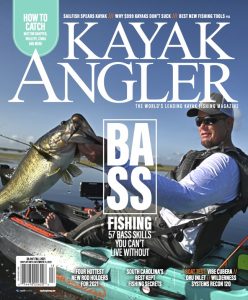 This article was first published in Kayak Angler Issue 46.
This article was first published in Kayak Angler Issue 46. 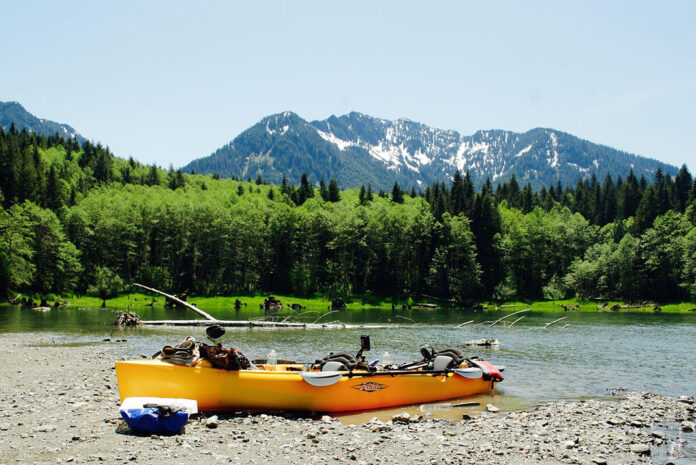







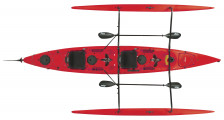


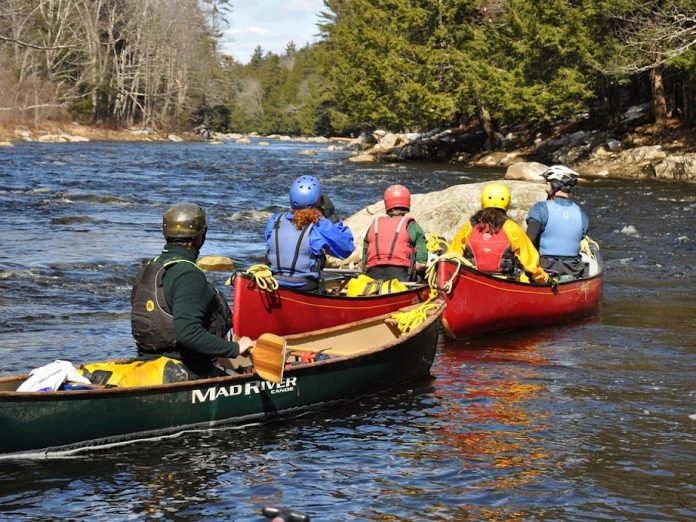
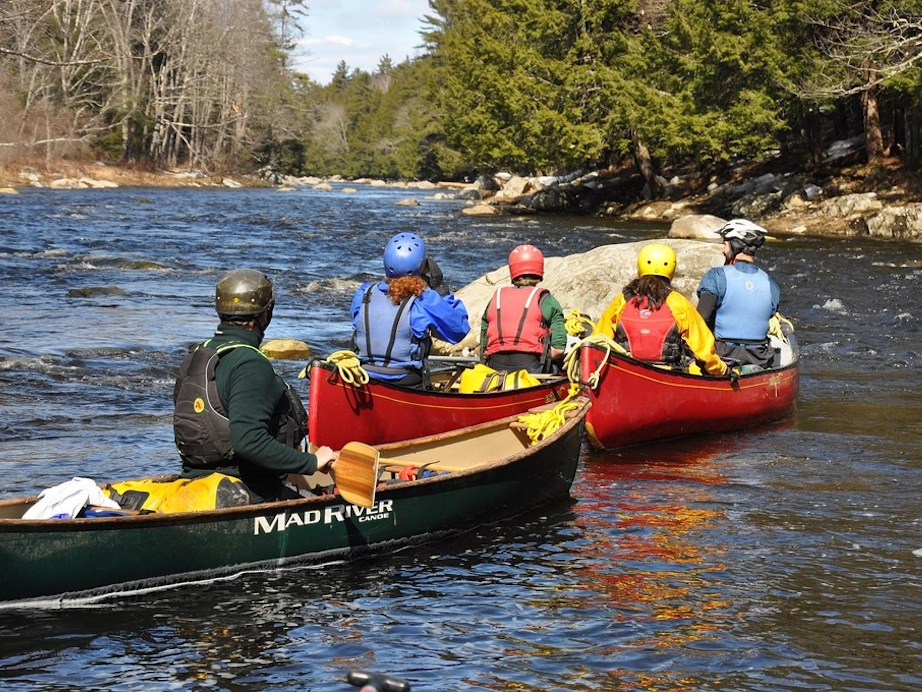
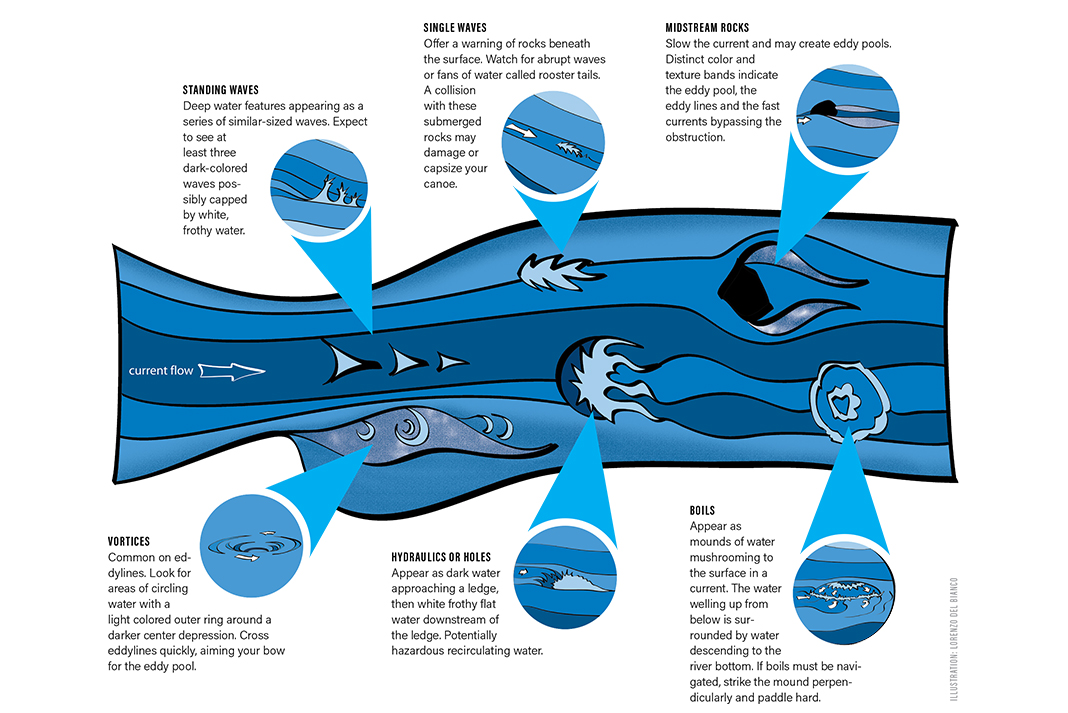
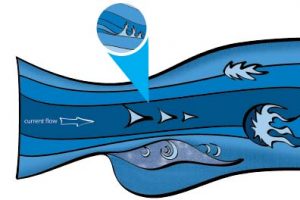 Standing waves
Standing waves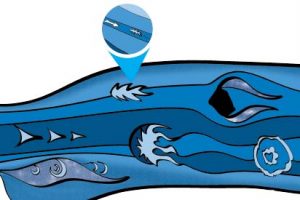 Single waves
Single waves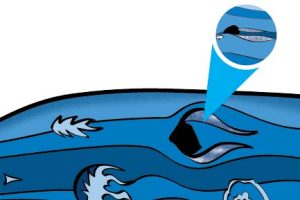 Midstream rocks
Midstream rocks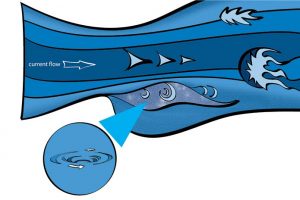 Vortices
Vortices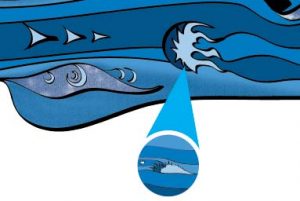
 Boils
Boils